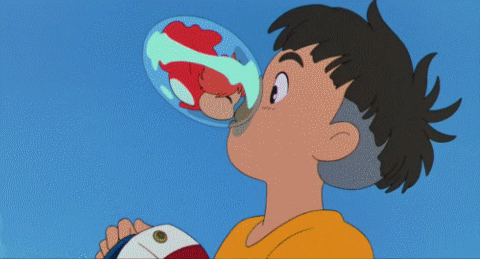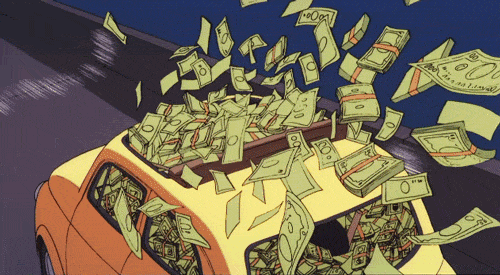
Hayao Miyazaki

Hayao Miyazaki (宮崎 駿 , Miyazaki Hayao) is a Japanese animator, filmmaker, screenwriter, author, and manga artist. Most people have a tendency to associate Miyazaki with Studio Ghibli but he has influenced animation prior to its creation. Throughout Miyazaki's film-making career, he has made strong female protagonists with strong belief coming from their hearts. In addition, a majority of his films center around themes of environmentalism, family, and love. The 1958 film Panda and the Magic Serpent's heroin left a strong impression on Miyazaki and sparked his interest in animation.
Hayao Miyazaki was born on January 5th, 1941 in the prefecture Bunkyo in Tokyo, Japan as the second eldest of four children. His father was the director of Miyazaki Airplane; it manufactured rudders for fighter plans during WWII. In 1944, Miyazaki's family evacuated to Utsunomiya and then to Kanuma after the bombing of Utsunomiya in 1945. The bombing left an impression on Miyazaki with elements of pacifism and anti-war having a strong presence in his work. In Junior High, he was unable to draw people; he could only draw planes, tanks, and battleships.
In 1963, Hayao Miyazaki started his animation career at Toei Animation and left in 1971. It was in Toei where Miyazaki met Isao Takahata during the production of the Great Adventure of Horus, Prince at the Sun (1968) and would continue to collaborate with him for the remainder of his career. In 1969, he provided key animation for The Wonderful World of Puss'n Boots. The film's main character, Pero the Cat, would later become Toei Animation's mascot and logo.
In TMS Entertainment, Miyazaki co-directed 23 episodes of the green jacket series of Lupin III with Takahata in 1971. He made the characters in the show appear more likable to change the overall tone of the show. For example, the titular character became more upbeat, Fujiko Mine would not appear as "cheap erotica", and Daisuke Jigen became more cheery in a sarcastic tone. The changes in these characters would become the mainstay for future series of Lupin III. Miyazaki directed his first feature anime film Lupin III: The Castle of Cagliostro in 1979. He left TMS in 1982.
After he left TMS Animation, Miyazaki developed Nausicaa of the Valley of the Wind as a manga in 1982. He made the manga after two of his film projects were rejected while in Tokuma Shoten under the condition that it would never be adapted into film. The conditions changed after its success and was encouraged to work on a film adaptation if Miyazaki could direct it. The movie adaptation of Nausicaa of the Valley of the Wind was released in 1984 to critical acclaim. The manga would finish a decade after the film's release. Nausicaa of the Valley of the Wind 's success prompted Miyazaki to create Studio Ghibli in 1985 with Isao Takahata. The first film produced by Studio Ghibli Laputa: Castle of the Sky was the highest grossing film in Japan on 1986. Two years later, Studio Ghibli released My Neighbor Totoro with Grave of the Fireflies (directed by Takahata) in theaters. However, they were commercially unsuccessful at the box office, but they received critical acclaim and had successful merchandising. The merchandise allowed Totoro to become Studio Ghibli's mascot.
Studio Ghibli would continue to make films for 26 years. Infamous movies such as Princess Mononoke (1997), Spirited Away (2001) and Ponyo (2008) would become part of American pop culture. On September 1, 2013, Hayao Miyazaki retired from Studio Ghibli. As a result, Studio Ghibli took a brief hiatus in 2014-2017. Miyazaki came out of retirement in February 2017 to direct How Do You Live? with Studio Ghibli set to be release on 2020.

The current logo for Toei Animation, featuring Pero the Cat

Studio Ghibli's logo and mascot, featuring Totoro and Chibi-Totoro

The ending scene of Ponyo

The very first page of the Nausicaa of the Valley of the Wind manga

Lupin III throws counterfeit bills at the police so he and Jigen can escape to the Castle of Cagliostro.